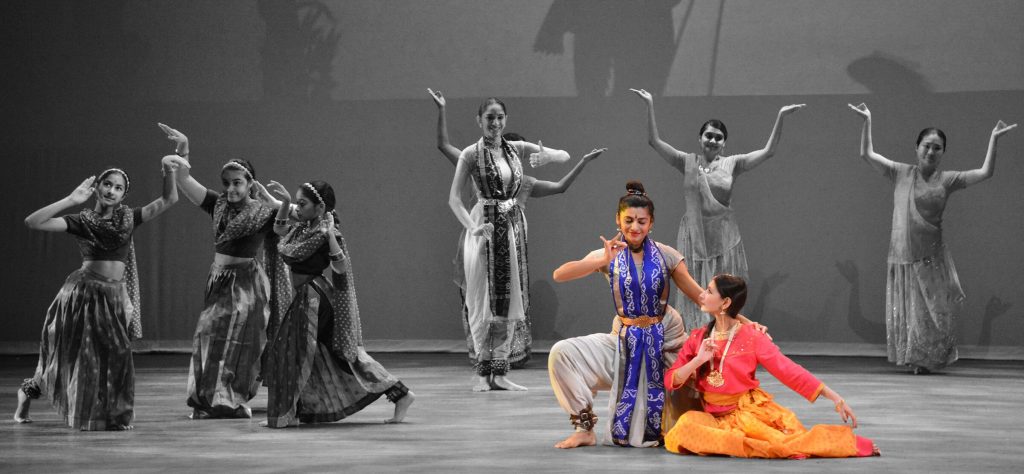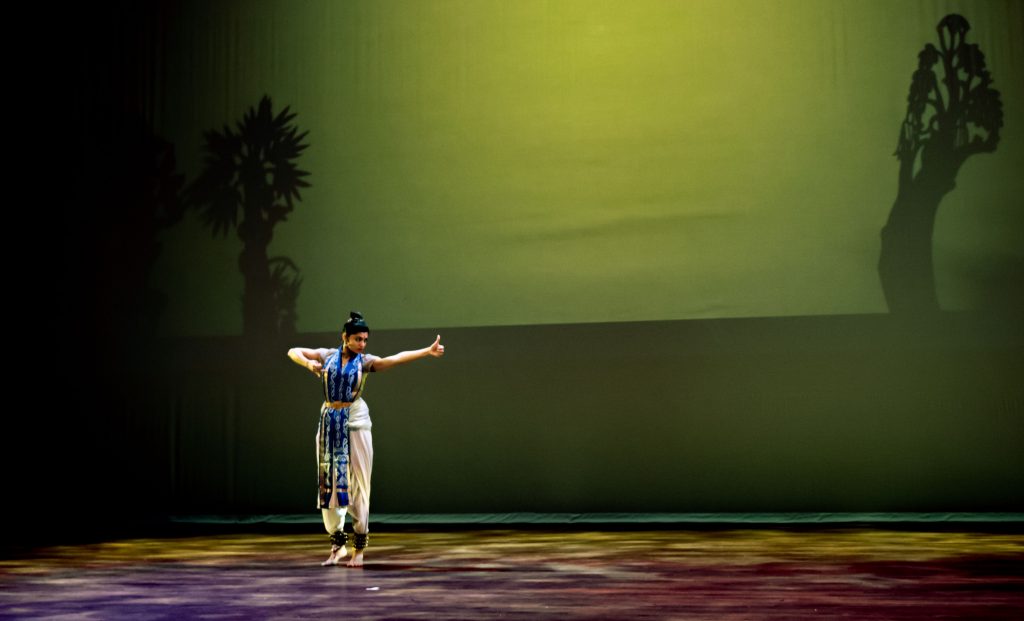
When they mirror the people who live in them, cities are like living kaleidoscopes. Holidays, festivals and celebrations turn diversity into an engine that makes the city more colorful, dynamic and interesting by allowing people to reach back to their pre-America days and bring joyful memories of the past to the present.
For most Chicagoans, the early days of November has us catching the first glimpse of our two biggest US holidays as they loom on the horizon. Little do many of us realize that thousands of our neighbors have already gotten into the holiday mood with Diwali, an ancient festival of lights originating in Southeast Asia centuries before Christianity began. Symbolizing “the victory of light over darkness, good over evil, and knowledge over ignorance”, its concepts and purpose glow with a universality that anyone can appreciate. Running five days long and marked with pageantry, performance and lavish feasts; Diwali is a significant festival celebrated in some form by the nearly quarter million people of Southeast Asian descent in Illinois; most of them residing within Chicago’s metropolitan ring.

For the past four years, the performing arts organization, Mandala, has been promoting South Asian culture and presenting The Story of Ram, the classic saga of Diwali. This year they brought the show downtown with a single performance Sunday afternoon at the Studebaker Theatre. Mandala will also provide the dance element to Love and Light, Chicago Sinfonietta’s Diwali performance at Symphony Center next week.
For anyone who relishes the rich taste of cultural diversity as manifested in the arts, The Story of Ram is the perfect vehicle for artistic discovery. As well as Indian cultural traditions, Mandala embraces the contributions of other cultures orbiting the subcontinent to show how varied and visually distinctive arts expression has long been in the region. Balinese and Indonesian dance and traditions routinely find themselves woven into Mandala’s repertoire. Dancers from a wide swath of neighboring countries participated in the Sunday event.
For the uninitiated, fear might be the first response to a performance so entrenched in unfamiliar cultures. Displacing that fear with curiosity would be a good first step to appreciate something so new. And the use of a cultural escort would be indispensable. Mandala’s performance provided the most ideal guide possible. Thorough, clear and a delightful storyteller, this one introduced herself as Monkey Man; an ancient creature of fantasy whose purpose in this guise was to help steer the audience through an absorbing plot dense with characters.

Fantasy and the supernatural proliferate in lore that extends into antiquity. Demons and fantastic creatures abound. The guide, communicating simultaneously with speech and elaborate hand gestures and body movements, was herself transfixing. The exactness of her hand movements was so precise and her grace was so fluid, you were left with the impression that you were learning a beautiful new language.
When these very often spiritual tales were originally told, populations were illiterate and theatrical communication was primarily visual. Intricately carved shadow puppets were frequently used as they were Sunday to bolster dramatization of the story line. Hundreds of years later, the puppetry’s still refreshingly effective. A major deity in Hinduism, Ram’s story follows his exile, his return to favor and most importantly, his struggle to rescue his wife Sita from an arch demon. Despite the complexity of the plot, Monkey Man, the narrative navigator; masterfully kept the plot line crisp and orderly. Giving the audience every opportunity to drink in the uniqueness of the dance, the ritualistic flavor of classical Southeast Asian theater and the detailed beauty of the ornate and radiant costumes.
Like many cultural dance concerns that teach, performance skill is broad. Dancing tykes share the stage with masters of their craft. That range of ability only added to The Story of Ram’s all-inclusive appeal and primed the appetite for more things Diwali.
The Story of Ram
November 3, 2019
The Studebaker Theater
Fine Arts Building
410 S. Michigan Avenue
Chicago, IL 60605